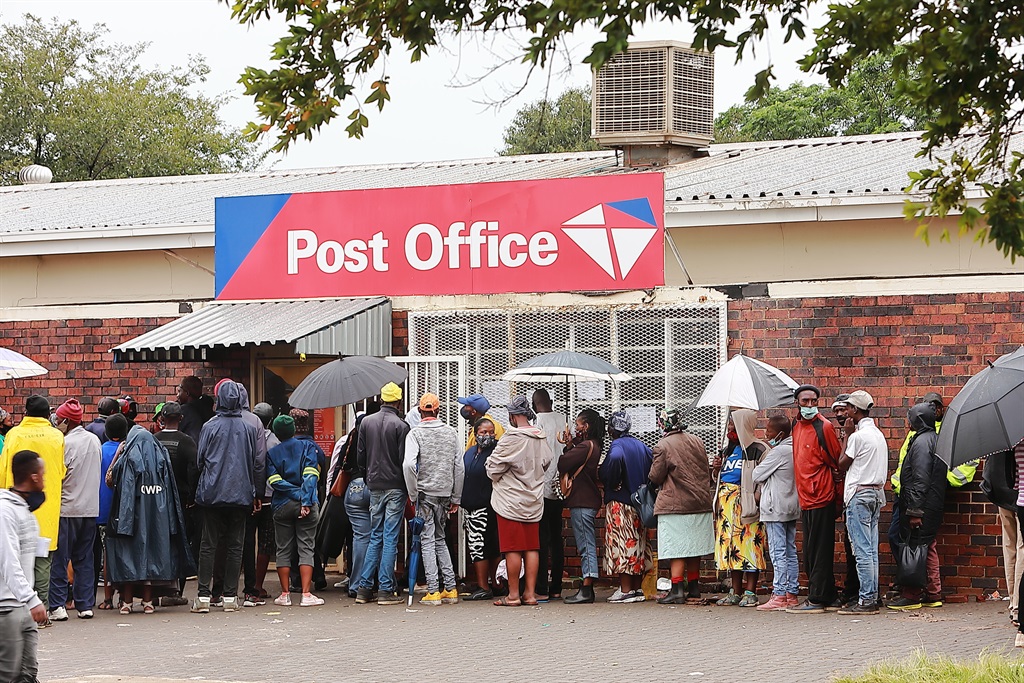(Fani Mahuntsi/Gallo Images)
A day after the ANC said it would finalise a Basic Income Grant (BIG) policy within two years if it returns to power after next week’s elections, new statistics show that the number of households who benefit from social grants has jumped to nearly 40%.
Statistics SA’s annual General Household Survey (GHS), released on Thursday, showed that the percentage of households and people who benefitted from a social grant increased from 12.8% in 2003 to 30.9% in 2019, and eventually 39.4% in 2023. The leap is largely attributable to the Covid-19 social relief of distress (SRD) grant.
The GHS, which monitors development progress and highlights ongoing gaps in service delivery, also found that grants were the second most important source of income for households after salaries, and were the main source of income for 23% of the households across the country.
A larger percentage of households received grants compared to salaries as a source of income in the Eastern Cape (65.4% versus 51.2%), Free State (64.5% versus 55.1%), and Limpopo (61.4% versus 48.9%).
The percentage of households that received at least one social grant increased from 30.8% in 2003 to 45.5% in 2019, before climbing to 52.4% in 2020 due to the SRD grant. The figure has, however, declined to 50% in 2023.
The ANC said it Wednesday that it recognised the importance of implementing a BIG “as a crucial step towards achieving social and economic change in our country”, adding that the SRD grant would be the main foundation.
“To address the exclusion of a large number of people, we will improve the value of the grant and extend it to reach more beneficiaries,” it said.
NHI and medical aid
The GHS also touched on another key political issue – access to medical aid.
Last week President Cyril Ramaphosa signed the controversial National Health Insurance (NHI) Bill into law. The NHI, which is still years away from implementation, and is facing threats of litigation, aims to provide free healthcare to all citizens.
The GHS showed that the percentage of individuals covered by a medical aid scheme in relation to those who are not covered declined marginally between 2002 and 2023 from 15.9% to 15.7%.
However, the number of individuals who were covered by a medical aid scheme increased from 7.3 million to 9.8 million persons during this period.
Medical aid coverage was most common in the Western Cape at 25.7% and Gauteng at 22.4%, while it was least common in Limpopo at 9.5% and Mpumalanga at 9.8%.
